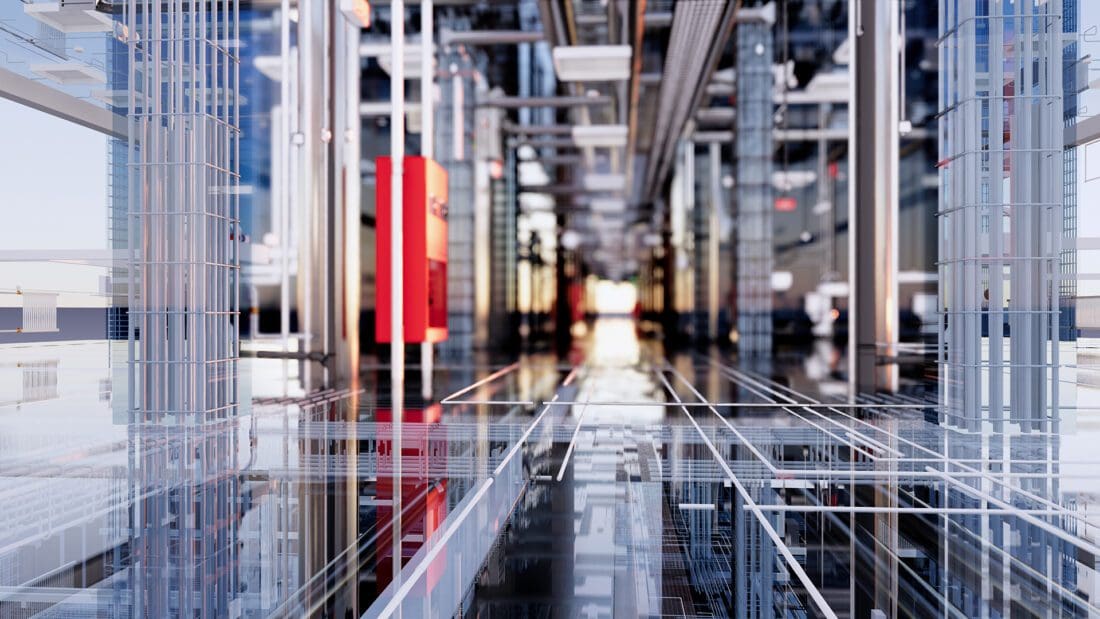Building Automation and the Energy Ecosystem
Every commercial, industrial or institutional building is a mini-ecosystem in itself. It has its own climate, lighting, water, and security apparatus—each of which affects the building’s energy usage and efficiency. Managing all these systems effectively can save tens of thousands of dollars annually in operational costs. But with the complexity of modern buildings, and the infinite number of variables affecting them day to day, that’s a task beyond the reach of most humans.
Fortunately, there’s a solution that makes it all possible, without the necessity of constant human intervention. And as with so much technology that improves our lives nowadays, it employs the cleverest innovation of all—automation.
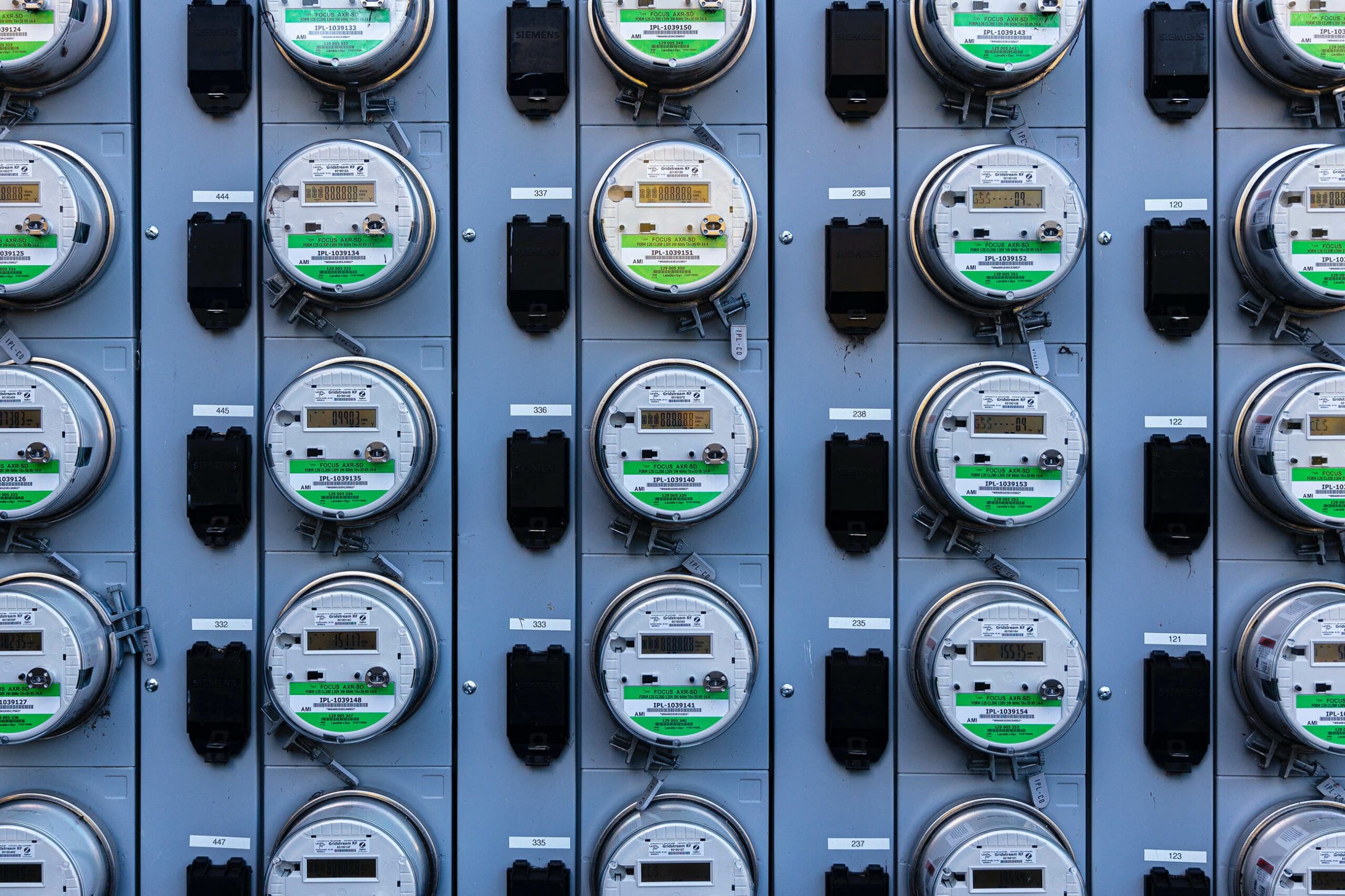
Building automation systems (BAS) have been around in some form for a long time. In 1880, Warren Johnson, a Wisconsin professor, created an electrical thermostat to regulate the temperature in his classrooms. Then in 1906, an engineer named Mark Honeywell made thermostats programmable, using a clock to set temperatures proactively. These were early and primitive attempts to make interior environments livable without constant attention. Since then, the process of automating indoor systems to save energy and effort has evolved in dazzling ways.
Now, digital programs allow building managers to control HVAC, lighting, water, security, alarm systems, safety measures, elevators and escalators automatically, through one portal. Many structures use a protocol known as the Building Automation and Control Network (BACnet) to integrate data from multiple sources. Field stations use sensors and actuations to collect information regarding room temperature, outside temperature, air pressure and relative humidity. That data is fed to a centralized BACnet workstation, or controller, where it can be monitored and modified via command and control signals. Occupants can also adjust conditions through localized wall sensors.
Sometimes individual rooms call for a higher level of control—such as boardrooms or presentation rooms that employ a number of technical devices: video projectors, public address systems, video conferencing equipment, etc. In these cases, a specialized room automation system can meet the need.
According to one estimate, an effective BAS can save 20 to 40 cents per square foot in energy costs. For a large building over time, that can translate into big money.
So, let’s look at how a BAS handles the various systems that affect its internal environment.
Energy Efficiency Matters More When the Stakes Are High
It’s common nowadays for homeowners to look at their rising utility bills and seek ways to economize. They might realize they’re wasting energy through things like inadequate insulation, inefficient lighting, or extreme thermostat settings. It then becomes a relatively straightforward endeavor to make the necessary changes. But achieving energy efficiency in a large industrial or commercial building is a very different matter. The systems involved are complex and large in scale. Once they’re in place, changing them can be expensive and time-consuming. Getting things wrong in the beginning can mean millions of dollars wasted.
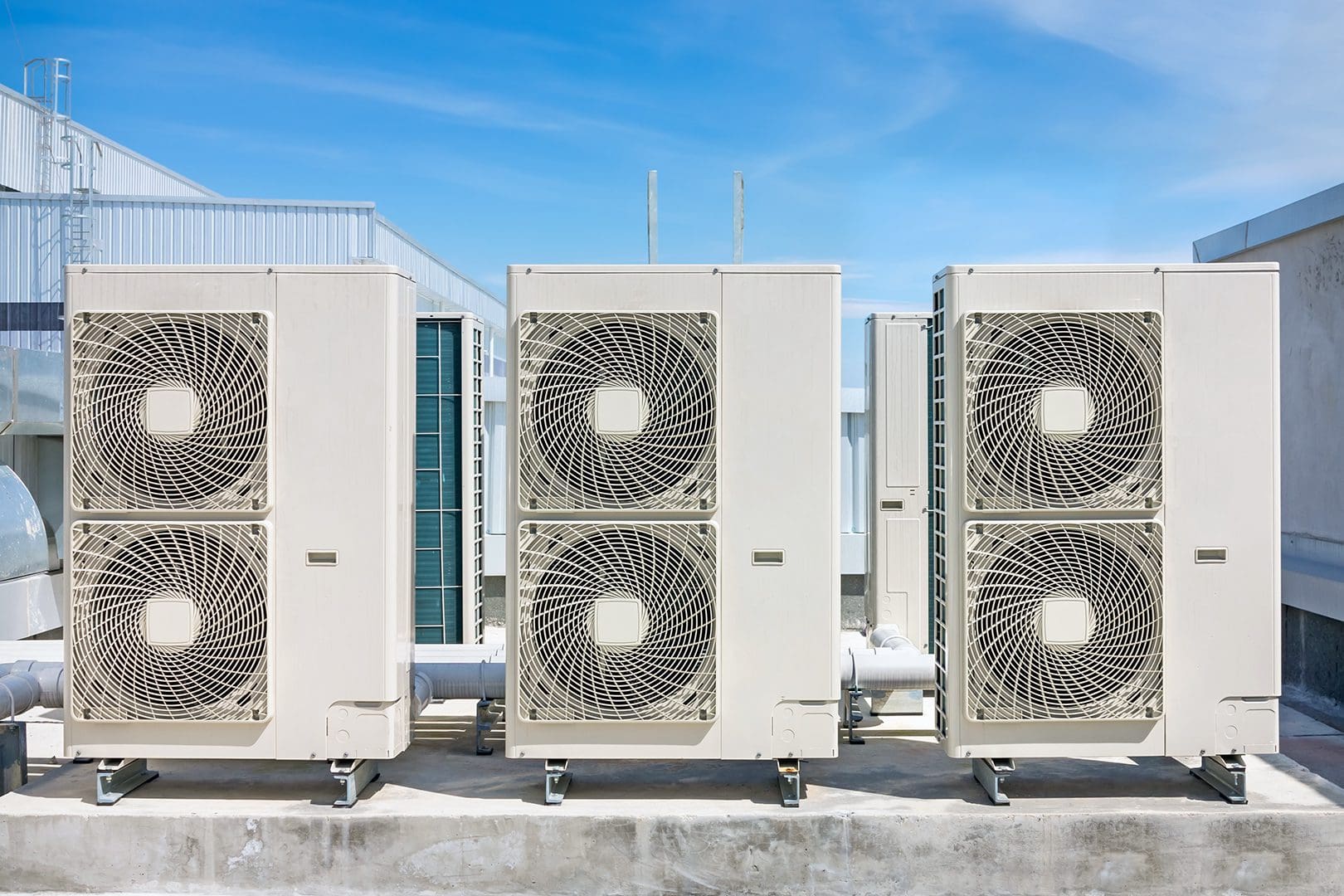
HVAC in a Building Automation System
Modern homes typically have centralized heating, ventilation and air conditioning (HVAC) systems that are controlled by a simple wall thermostat. The systems in large commercial and industrial buildings are analogous, but much more complex and sophisticated. The HVAC system in an effective BAS regulates both temperature and humidity—since excessive humidity can ruin equipment and make life uncomfortable for workers. In some cases, an extremely dry climate (such as exists in the American Southwest) may require the opposite solution: humidification systems that inject compressed water into the air.
Some building automation systems use varying modes depending on whether the building is occupied or not. It’s usually unnecessary to heat or cool a building when no one is there, such as at night. Programming the system to change with the time of day is a smart energy-saving policy.
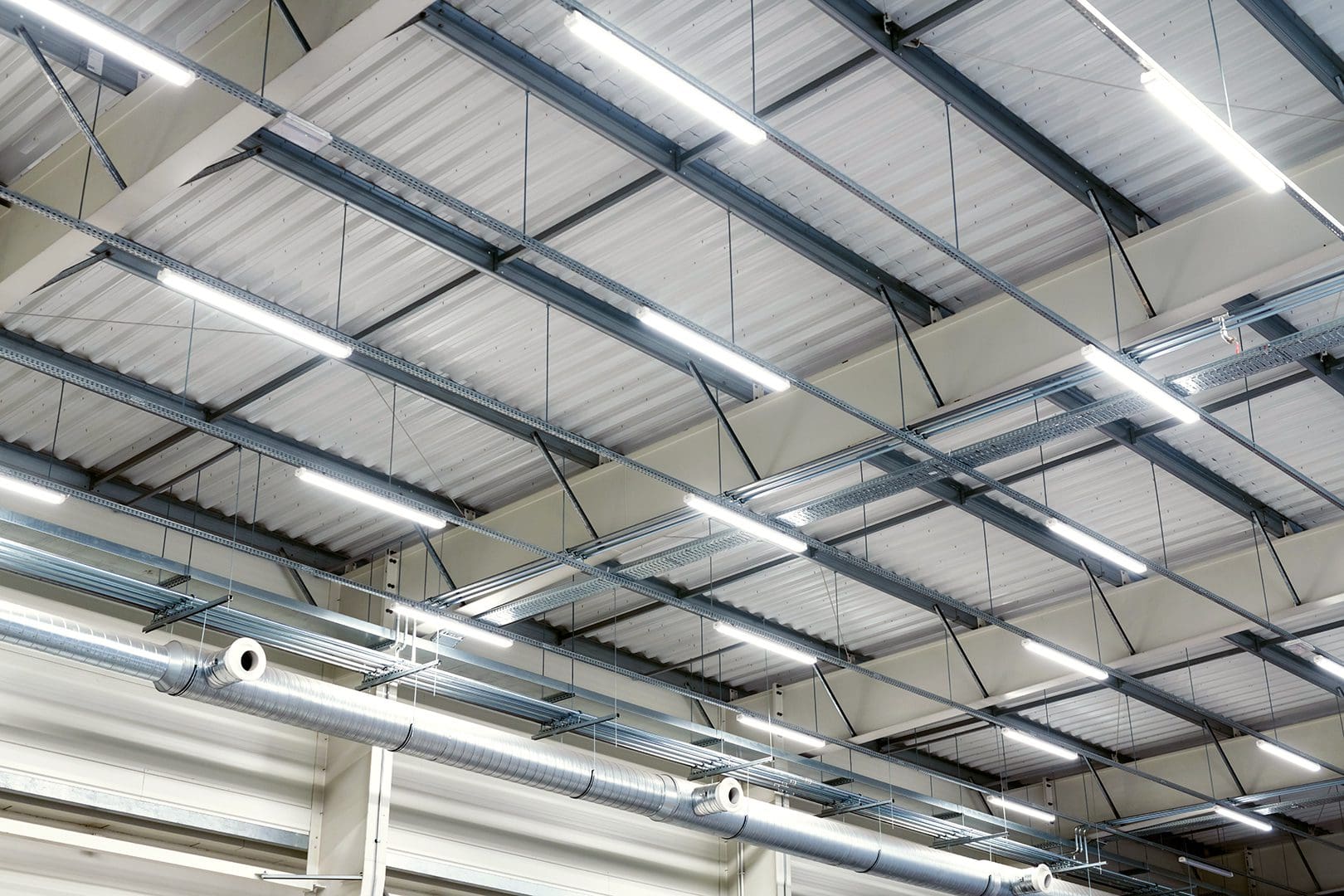
Lighting in a Building Automation System
One of the most important elements in any indoor environment is its lighting. Artificial light consumes energy and affects the temperature of a room, so an effective BAS will control it based on predetermined criteria. A lighting control system can turn lights on or off automatically, or dim them, according to the time of day or the presence of natural light. In many offices, it’s not uncommon for lights to remain on even when rooms are unoccupied. This wastes energy. Sensors in a BAS can detect whether a room is occupied and change the light accordingly.
Meanwhile, zone-based control allows occupants to control their own micro-environments. Office workers sometimes complain that their particular space is too cold or too hot—because someone set the thermostat without regard to the effect on certain locations. Ambient temperatures can vary depending on whether an office is sun-facing or which floor It’s located on (since heat rises). Zone-based control is an effective way to address this issue.
Dynamic shading and glazing on windows perform a related function in controlling the amount of natural light in a room. These systems respond automatically to light changes, leading to energy savings and increased comfort for occupants.
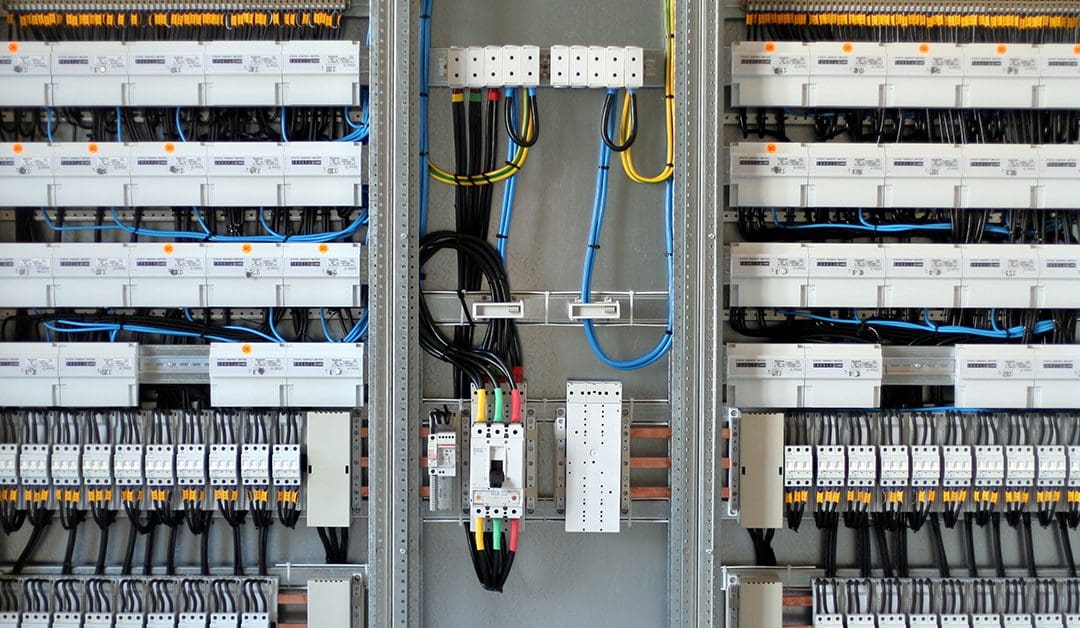
Building Automation Does All This—And Much More
The functions described so far have to do with energy consumption. So, they impact a building’s bottom line as well as its environmental profile. But an effective building automation system also provides control over other systems that may not directly affect energy usage—but contribute significantly to safety, security, convenience and comfort.
Robust security systems are now essential for buildings of any size or function. Those used by commercial, industrial and institutional buildings employ more elaborate versions of the camera systems that are now common in homes. In contrast to those home systems, they are often monitored day and night by third-party security companies. But for most organizations, information security is at least as important as physical security. The internet of things refers to the vast amount of digital information that doesn’t appear on the web as most of us use it but may be accessible by clever hackers. This can include financial information, product information, medical information, personal data and other sensitive content. The same hacking capabilities can enable criminals to penetrate a building’s security system, opening doors or windows to gain access. Firms that specialize in building automation are aware of these threats and continue to develop countermeasures.
Most of us are familiar with alarm systems that alert when intruders appear or when smoke signals a fire risk. Alarms in a commercial or industrial setting serve these purposes along with a wide range of others.
In commercial usage, alarms can notify when:
- Water used for HVAC becomes too hot or too cold
- HVAV filters become too clogged to perform
- Mechanical devices don’t start as expected
- Carbon monoxide exceeds safe levels
- Electrical current falls below operational levels
- Air pressure or humidity is above or below acceptable levels
- Refrigerant has leaked
These are some examples of the functions that can be integrated and controlled efficiently and effectively in a building automation system—one of the amazing technological innovations that have made life better for everyone. Structures built after 2000 typically have some form of a BAS. But these systems must be maintained and upgraded to remain effective. And as the technology evolves with accelerating speed, newer versions can provide even more efficiency, control and protection.


